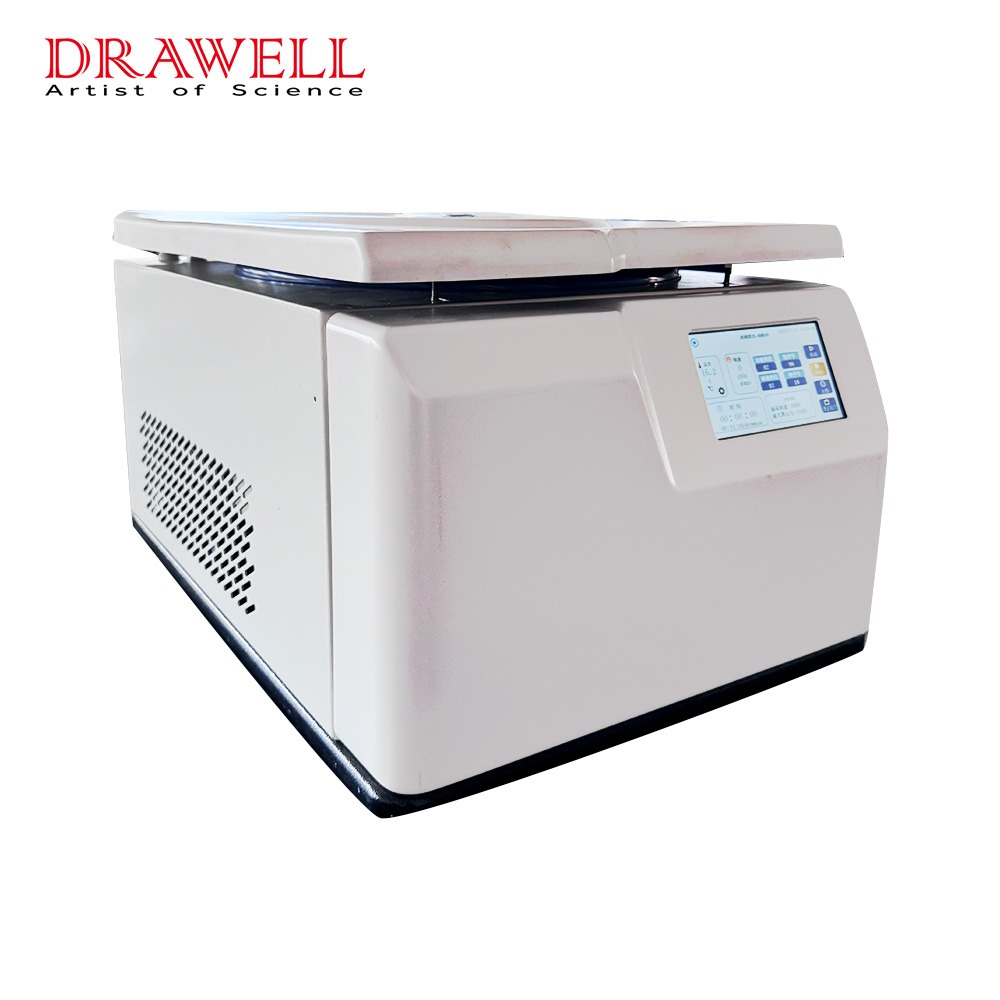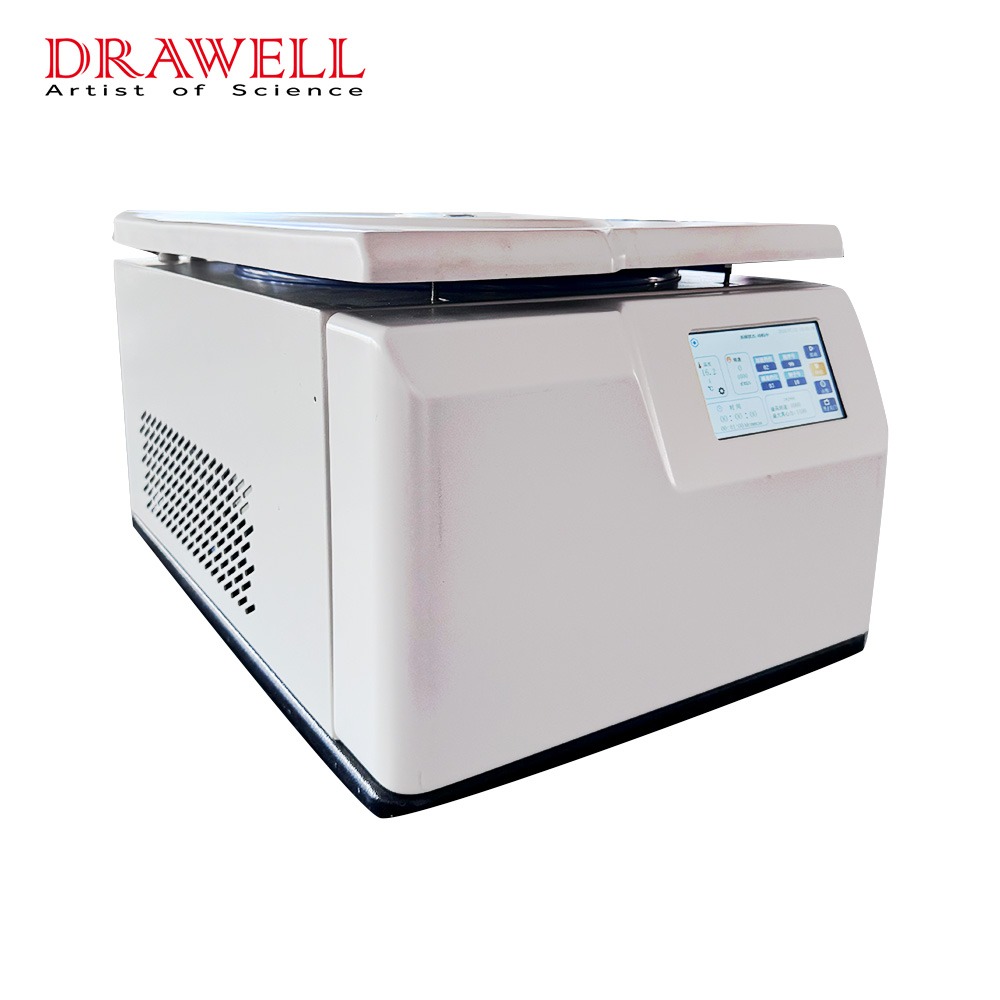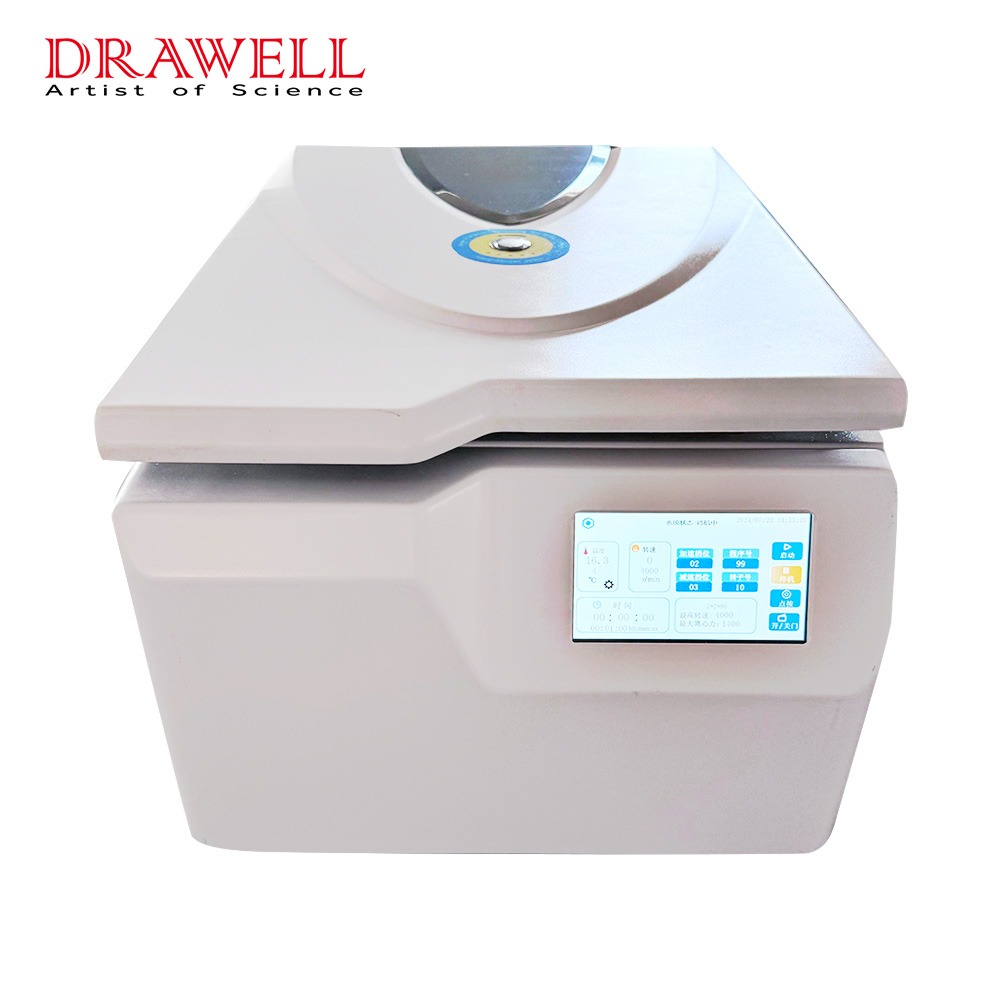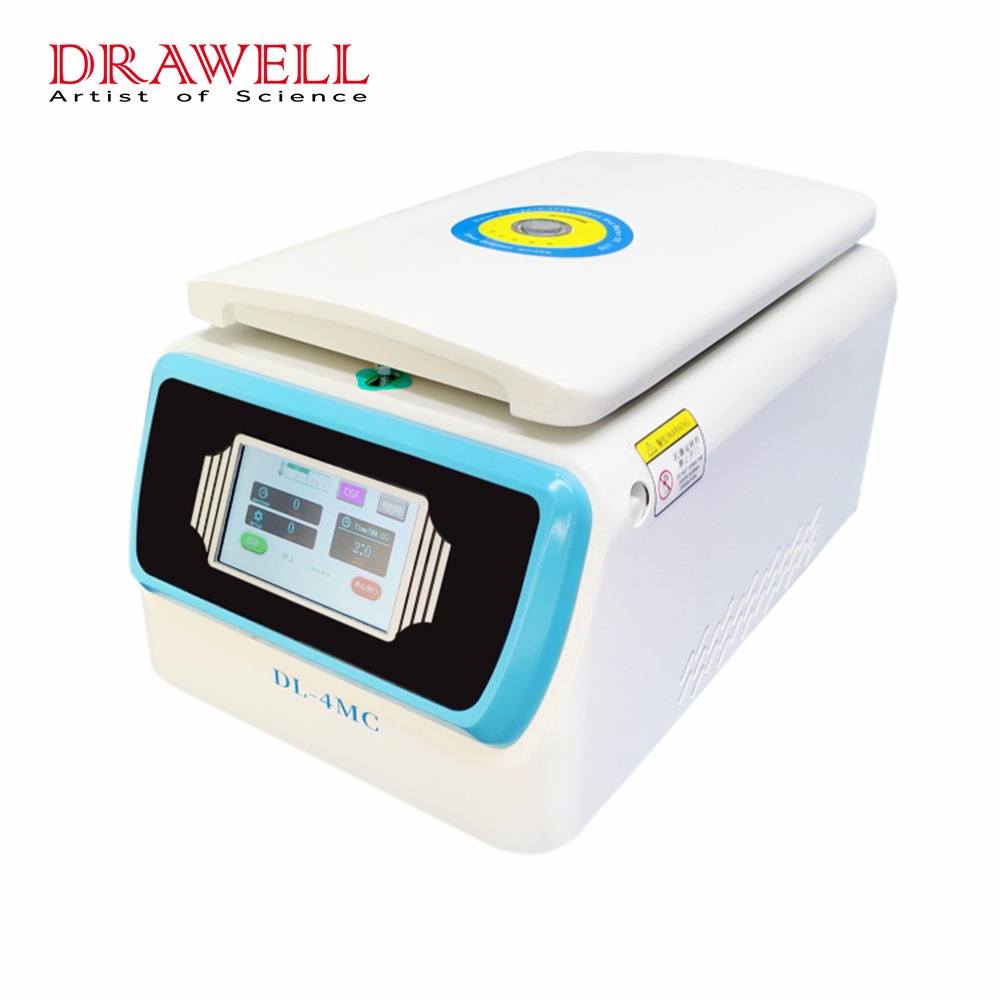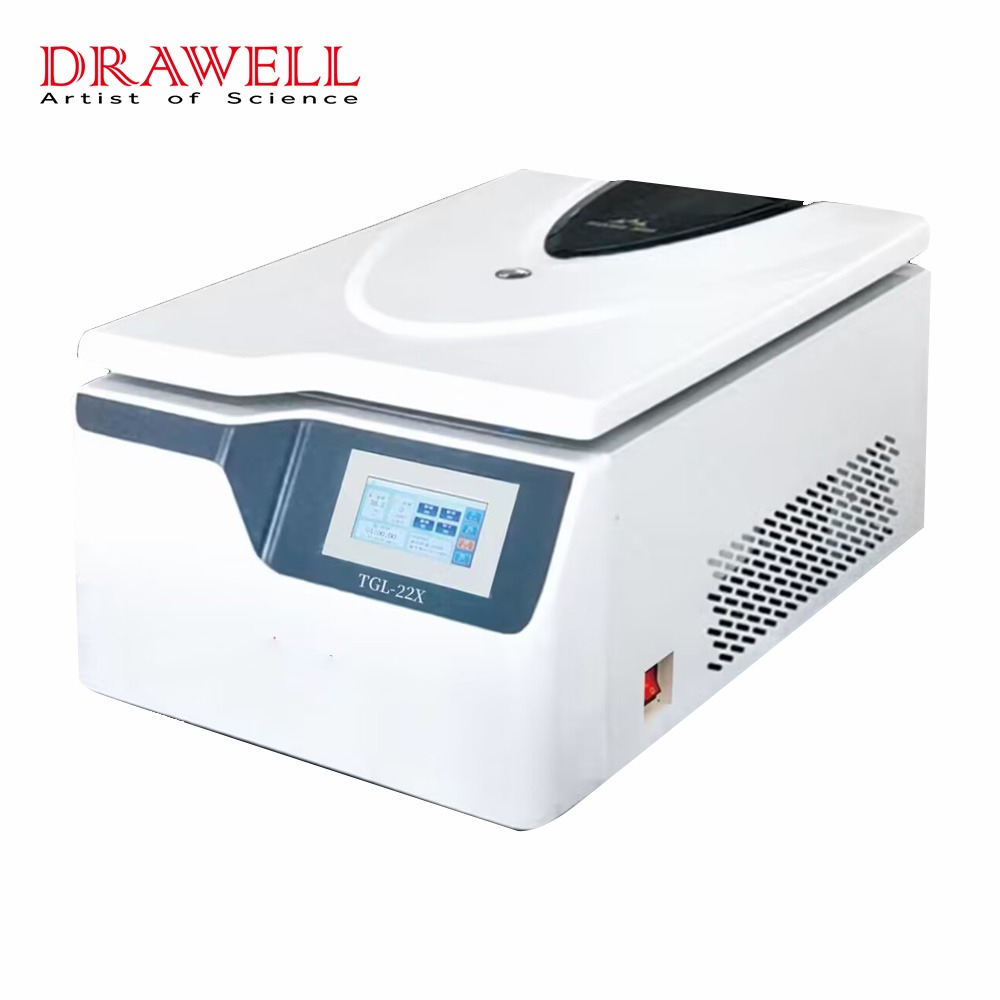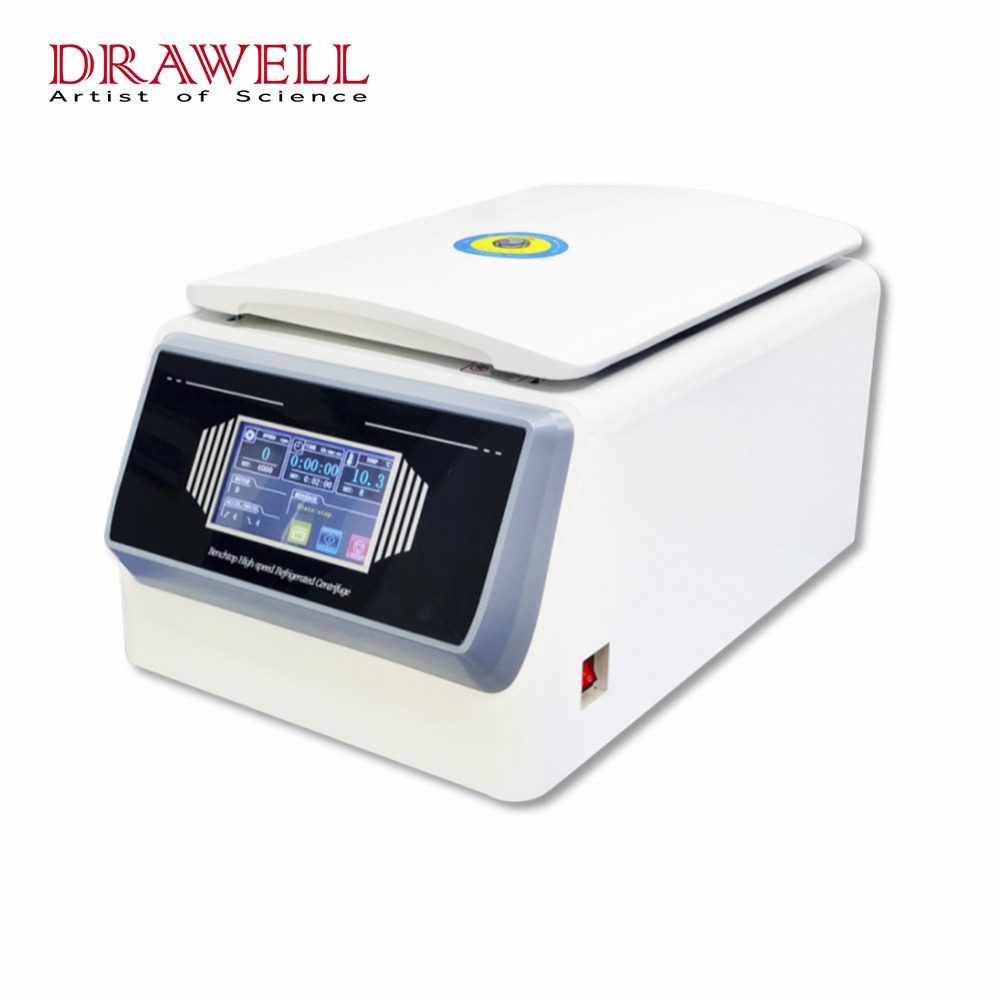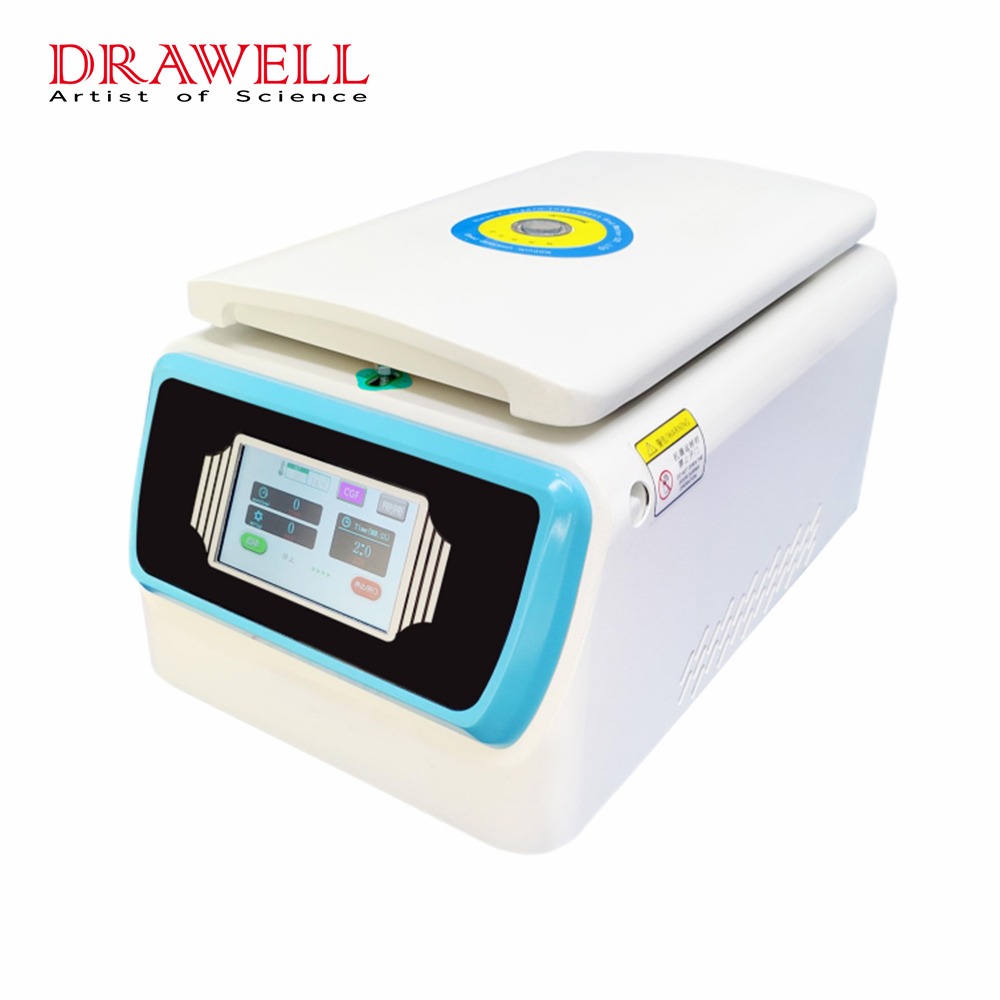Benchtop refrigerated centrifuges are vital laboratory tools that help separate distinct components of a sample based on their density. However, the risk of sample cross-contamination is a major worry in these instruments, which could jeopardize the integrity of research results. In this article, we will delve into the reasons behind sample cross-contamination and explore practical strategies to prevent it in benchtop refrigerated centrifuges.
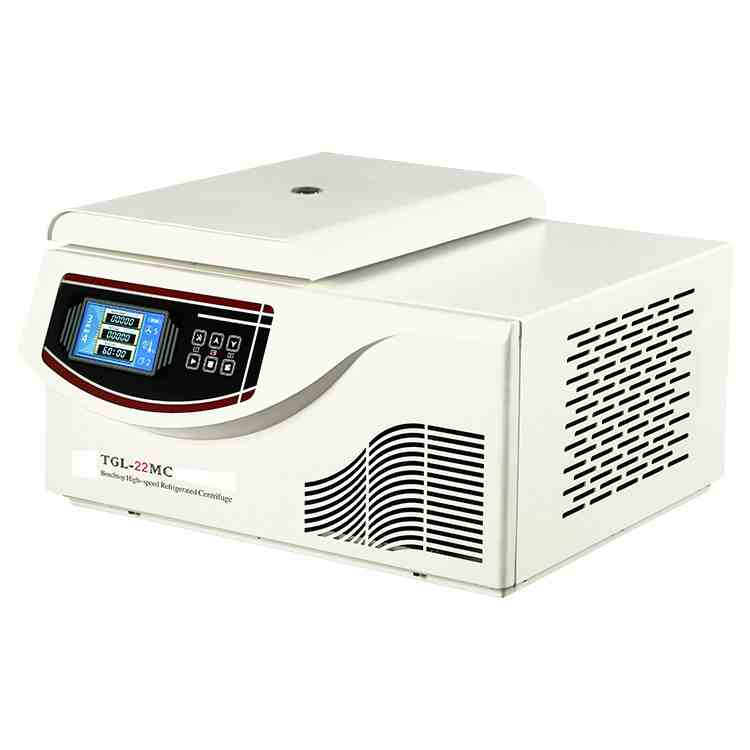
Causes of Sample Cross-contamination in Benchtop Refrigerated Centrifuges
1. Equipment-Related Factors
| Factor | Description |
| Improper Cleaning: | Residue from previous runs left uncleaned on rotor or chamber surfaces. |
| Worn or Damaged Seals: | Deterioration of O-rings or seals leading to inadequate sealing during centrifugation. |
| Rotor Misalignment: | Rotor not properly aligned or seated, causing sample leakage or mixing. |
| Overloading: | Exceeding the recommended weight or volume capacity, leading to spills or contamination. |
2. Sample Tube and Rotor Issues
| Issue | Description |
| Mismatched Tube and Rotor Sizes: | Incompatibility between tube sizes and rotor specifications causing leaks. |
| Damaged Tubes or Caps: | Tubes or caps with cracks or defects allowing cross-contamination. |
| Reuse of Single-Use Accessories: | Improper reuse of disposable components, increasing the risk of contamination. |
3. User-Related Errors
| Error | Description |
| Inadequate Training: | Insufficient knowledge of proper loading, unloading, and maintenance procedures. |
| Failure to Conduct Routine Checks | Neglecting routine checks for leaks, wear, or proper sealing before operation. |
| Lack of Awareness: | Users not aware of the importance of preventing cross-contamination. |
4. Environmental Factors
| Factor | Description |
| Improper Lab Environment: | Conditions such as excessive humidity or temperature affecting equipment performance. |
| Airborne Contaminants: | Presence of airborne particles or contaminants in the laboratory environment. |
| Inadequate Cleaning of Surrounding Area: | Neglecting cleaning of the centrifuge surroundings leading to external contamination. |
5. Maintenance Negligence
| Negligence Aspect | Description |
| Irregular Maintenance: | Failure to adhere to scheduled maintenance, leading to equipment malfunctions. |
| Lack of Calibration: | Inaccurate centrifugation parameters due to irregular or inadequate calibration. |
6. Material Compatibility Issues
| Issue | Description |
| Incompatible Sample Materials: | Using materials that are not compatible with the centrifuge components. |
| Chemical Reactions: | Chemical reactions between samples and residues affecting subsequent runs. |
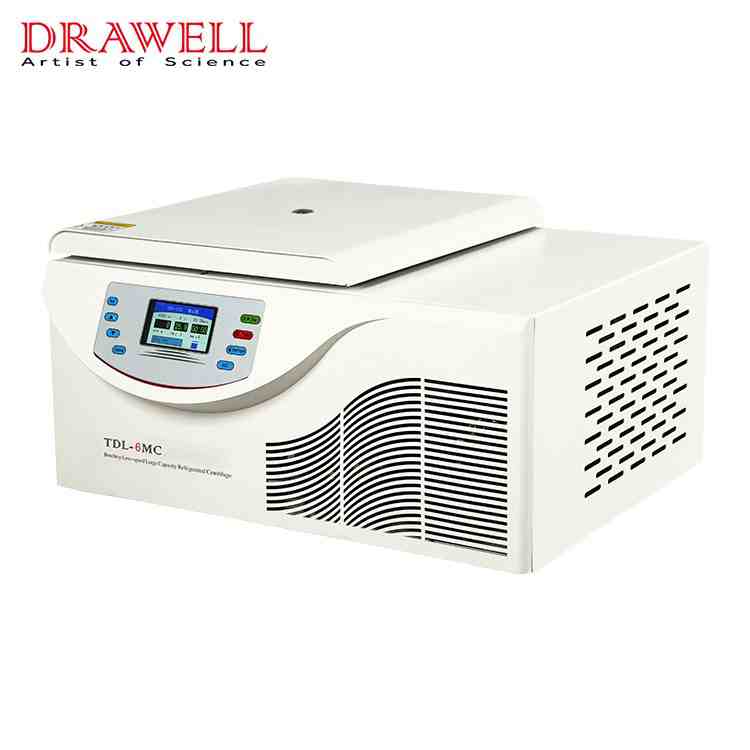
Measures to Prevent Sample Cross-Contamination in Benchtop Refrigerated Centrifuges
Preventing sample cross-contamination in refrigerated centrifuges is critical for ensuring the accuracy of laboratory experiments. Cross-contamination can produce erroneous data, jeopardizing the accuracy and dependability of research results. To reduce this danger, it is critical to execute a set of preventive actions.
1. Establish and Follow a Rigorous Cleaning Protocol
Create a thorough cleaning routine that includes disassembling the rotor and other necessary components. To eliminate residue material from prior runs, use appropriate cleaning agents and disinfectants.
Ensure that cleaning procedures are strictly followed after each use to prevent any trace contamination.
2. Regular Inspection and Maintenance
Perform routine inspections on centrifuge components, paying specific attention to the rotor, gaskets, and seals. To keep the system functioning properly, replace any damaged or worn parts as soon as possible.
Follow the manufacturer’s guidelines for scheduled maintenance to address wear and tear issues before they escalate.
3. Adhere to Loading Capacities
Respect the loading capacities suggested by centrifuge manufacturers. Overloading the rotor might cause sample spillage and contact between samples while centrifugation.
Educate laboratory personnel on the necessity of following loading recommendations and provide specific instructions for appropriate loading configurations.
4. Ensure Proper Sealing and Lid Closure
Before starting a centrifugation run, ensure that the sample tubes are firmly sealed and the centrifuge cover is snugly closed. Gaskets and seals should be inspected on a regular basis for wear and damage.
Use a checklist or verification process before beginning a centrifugation run to ensure correct sealing and lid closing.
5. Use Containment Devices
Employ additional containment devices such as buckets or adapters that act as a physical barrier between samples. These accessories can help prevent sample spillage and minimize the risk of contact between samples during centrifugation.
Select and use containment devices that are compatible with the specific centrifuge model being utilized.
6. Implement User Training Programs
Provide thorough training to laboratory personnel on the correct usage of the benchtop refrigerated centrifuge. Emphasize the necessity of correct loading practices, following cleaning protocols, and performing routine maintenance.
Encourage a culture of awareness and accountability among users in order to instill a shared commitment to preventing sample cross contamination.
7. Regularly Monitor and Review Protocols
Periodically review and update cleaning processes, loading procedures, and other operational instructions in response to the most recent research findings, technological improvements, and laboratory user input.
Encourage open communication within the laboratory to resolve any issues or make suggestions for effectively reducing cross-contamination.
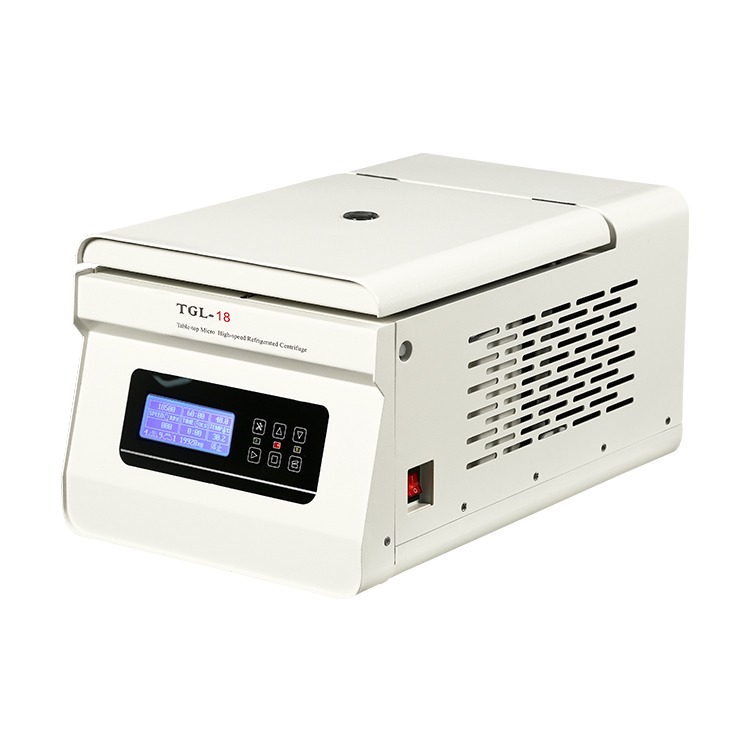
Conclusion
Preventing sample cross-contamination in benchtop refrigerated centrifuges is critical for ensuring the precision and reliability of experimental results. Researchers can reduce contamination risk and ensure experiment success by developing and regularly following correct cleaning processes, performing routine maintenance, and encouraging best practices among laboratory personnel.


